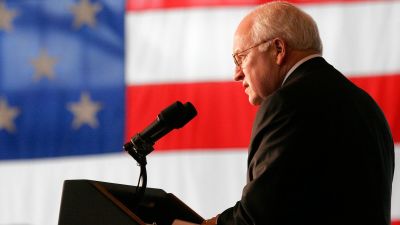First colony for Pandits in Valley
Dulari Devi gingerly moves among her belongings littered outside her allotted C-1 flat on the first floor...

Dulari Devi gingerly moves among her belongings littered outside her allotted C-1 flat on the first floor, hauls up a discoloured quilt on to her shoulder and moves in. Her family is one of the 26 non-migrant Kashmiri Pandit families, moving in the Valley’s first exclusive Pandits’ colony on the western outskirts of Srinagar, which would inhabit 200 families in the first phase of the J-K Government’s ambitious rehabilitation package for the displaced community.
Dulari Devi lost her husband and only son in the 1997 massacre of Pandits in her Sanghrampora village. She now counts the flat among the fewer blessings from God in her tragic life. “At last, I have a place where I can die with satisfaction,” Devi who did not leave Kashmir despite her tragedy, says. “I feel contended that my daughter and her children have a shelter”.
The families lived in a cluster of the guarded migrant Pandit houses in Budgam town after the Government collected them from different parts of the district in the wake of the Sanghrampora massacre of seven Pandits. “We were crammed for space and four-five families lived in one house. It was a terrible life,” says Bansi Lal, a retired Government employee. Lal is from Nunnar Kathwar village in Budgam. His is the only family from the 30 Pandit households of the village that did not leave Valley in the wake of the outbreak of militant violence in 1989.
However, Bansi would love to go back to his village in Kathwar if conditions improve. “I don’t want to remain alienated long from our Muslim brethren,” Lal says as his wife Ritu hauls belongings into her new home. “I look forward to going back to my village, sow paddy on my land and feed my livestock.”
The atmosphere around the place is festive. The happy chatter of women comes from the newly inhabited rooms, the children playing around the belongings and men sipping tea on the windows. There are also the men and women from the nearby Muslim village who have come to witness the sight and talk with their new neighbours.
However, this jolly environment hides a growing unease with the trend of settling the minority community in the guarded exclusive colonies called safe zones. This is seen antithetical to Kashmir’s inclusive cultural ethos of which Pandits are an integral part. Separatists like Hurriyat hawk Syed Ali Shah Geelani who recently appealed to the migrant community to return to Valley and even moderates led by Mirwaiz Umar Farooq have frowned upon the establishment of the exclusive zones for the returning Pandits. “Pandits should return and integrate back into Kashmir’s life,” says Geelani.
However, with Kashmir’s long troubled background hanging over the current phase of marked calm in the state, authorities are in mood to take chances. The residential colony is bound by a hulking 16-feet wall topped by a steel-mesh fence with a security post on the gate. “We have no fear. But we feel the wall also is necessary,” says Dulari Devi, the 10-year-old tragedy still fresh in her memory.




- 01
- 02
- 03
- 04
- 05



























